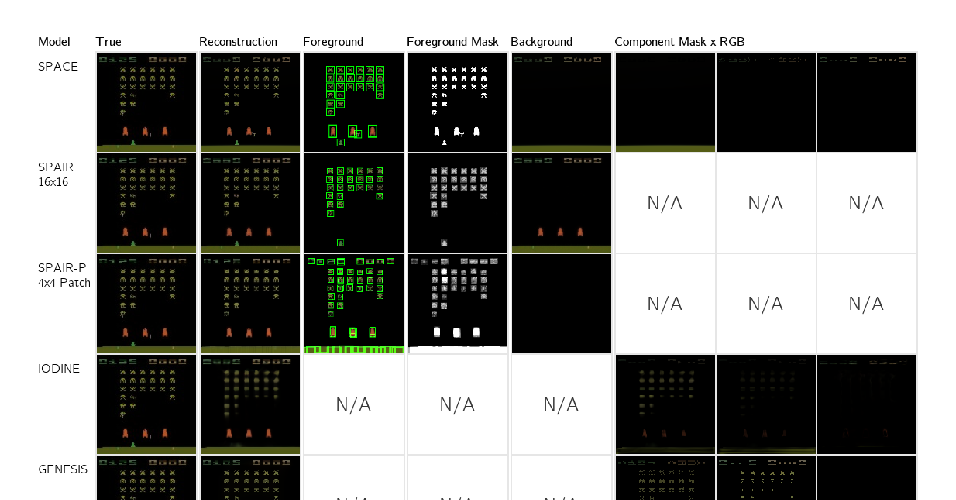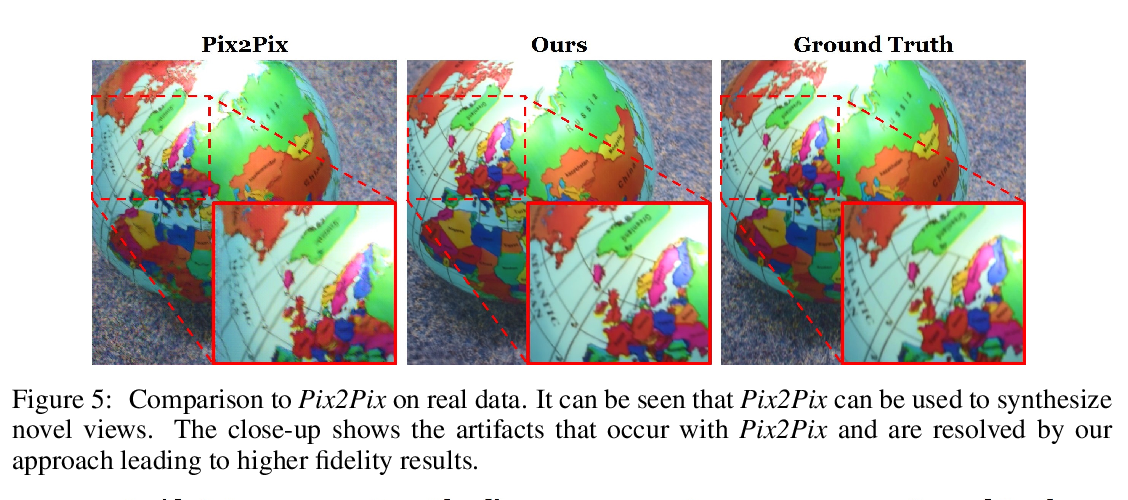Abstract:
Predictive coding theories suggest that the brain learns by predicting observations at various levels of abstraction. One of the most basic prediction tasks is view prediction: how would a given scene look from an alternative viewpoint? Humans excel at this task. Our ability to imagine and fill in missing information is tightly coupled with perception: we feel as if we see the world in 3 dimensions, while in fact, information from only the front surface of the world hits our retinas. This paper explores the role of view prediction in the development of 3D visual recognition. We propose neural 3D mapping networks, which take as input 2.5D (color and depth) video streams captured by a moving camera, and lift them to stable 3D feature maps of the scene, by disentangling the scene content from the motion of the camera. The model also projects its 3D feature maps to novel viewpoints, to predict and match against target views. We propose contrastive prediction losses to replace the standard color regression loss, and show that this leads to better performance on complex photorealistic data. We show that the proposed model learns visual representations useful for (1) semi-supervised learning of 3D object detectors, and (2) unsupervised learning of 3D moving object detectors, by estimating the motion of the inferred 3D feature maps in videos of dynamic scenes. To the best of our knowledge, this is the first work that empirically shows view prediction to be a scalable self-supervised task beneficial to 3D object detection.


